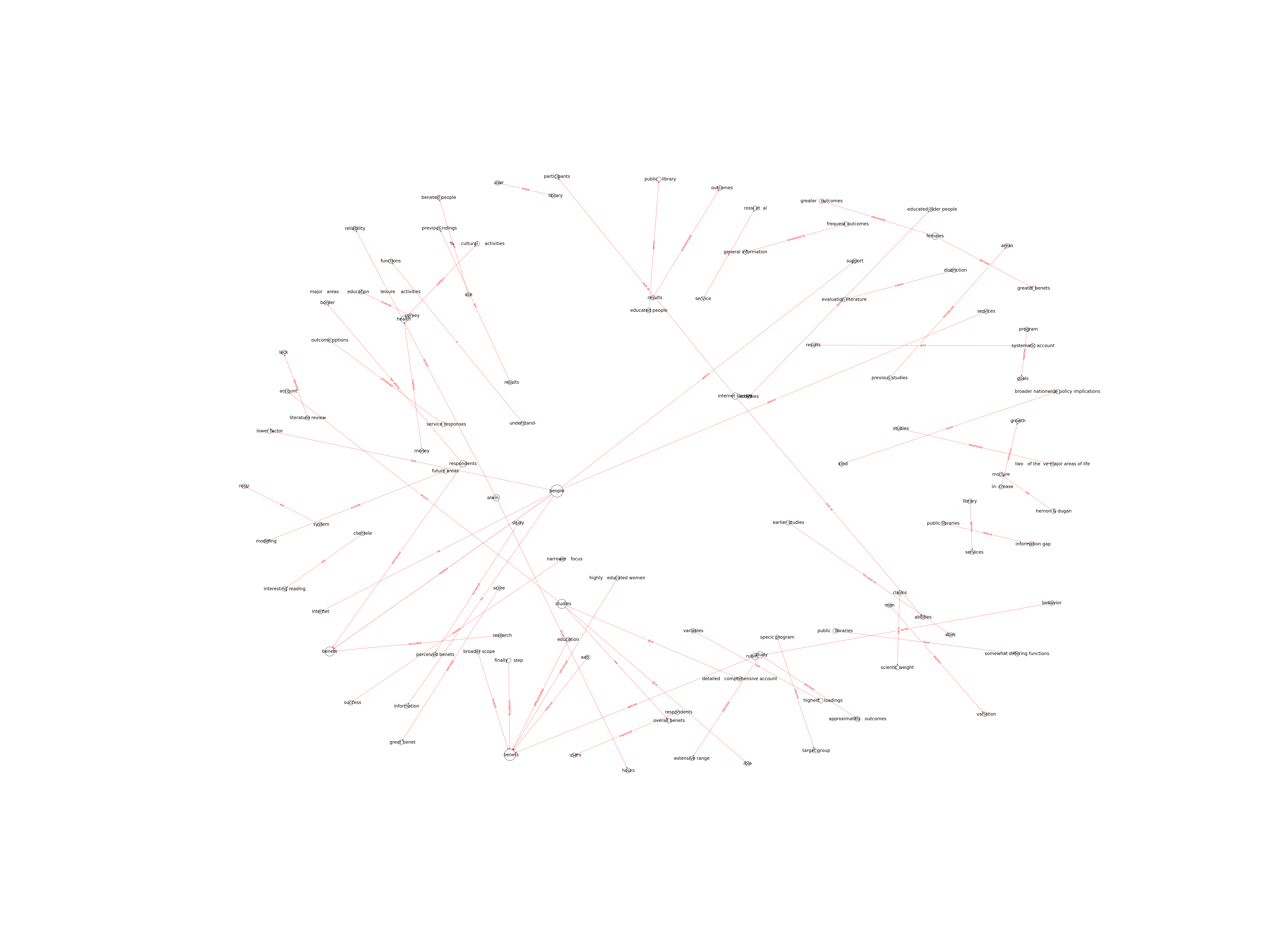| Id | 111 | |
| Author | Vakkari, P., ; Serola, S., | |
| Title | Perceived outcomes of public libraries | |
| Reference | Vakkari P. & Serola, S. (2012). Perceived outcomes of public libraries. Library and Information Science Research, 34 (1): 37-44. Doi: 10.1016/j.lisr.2011.07.005. |
|
| Keywords | Libraries; Finland; Outcomes; Measurement; Benefits |
|
| Link to article | https://doi.org/10.1016/j.lisr.2011.07.005 |
|
| Abstract | The outcomes of public libraries as perceived by individuals in the major areas of their lives are analyzed and the benefits as outcome types are systematized. The data are based on a representative sample of 1000 Finnish adults, ranging in age from 15 to 79. The results give a systematic account of the benefits in 22 areas of life that adults derive from using public libraries. These 22 benefits were reduced by factor analysis into three major outcome types: benefits in everyday activities, cultural interests, and career. The association of these outcome types with gender, educational levels, and age is also explored. |
|
| Metodology | "For measuring the outcomes of public libraries the researchers asked through a questionnaire a sample of 1000 respondents from 15–79 years to rate how frequently they have benefited from public library services in the following 22 segments of human daily life: education (finding educational opportunities; completing formal education; work related educational development; self-education during leisure time); work and business (finding jobs; executing specific work tasks; developing job skills); everyday activities (household; child care and schooling; housing; consumer issues; health; travel and holidays; social relations); leisure time (reading fiction / non-fiction; cultural activities; creative activities; outdoor activities; exercise sports; interest in nature; interest in history or society; participating in and following public discussions). After a factor analysis, these benefits were grouped into three categories: everyday activities, benefits in cultural interests, and career benefits. " |
Technique | Questionnaire |

Note: Due to lack of computing power, results have been previously created and saved in database


